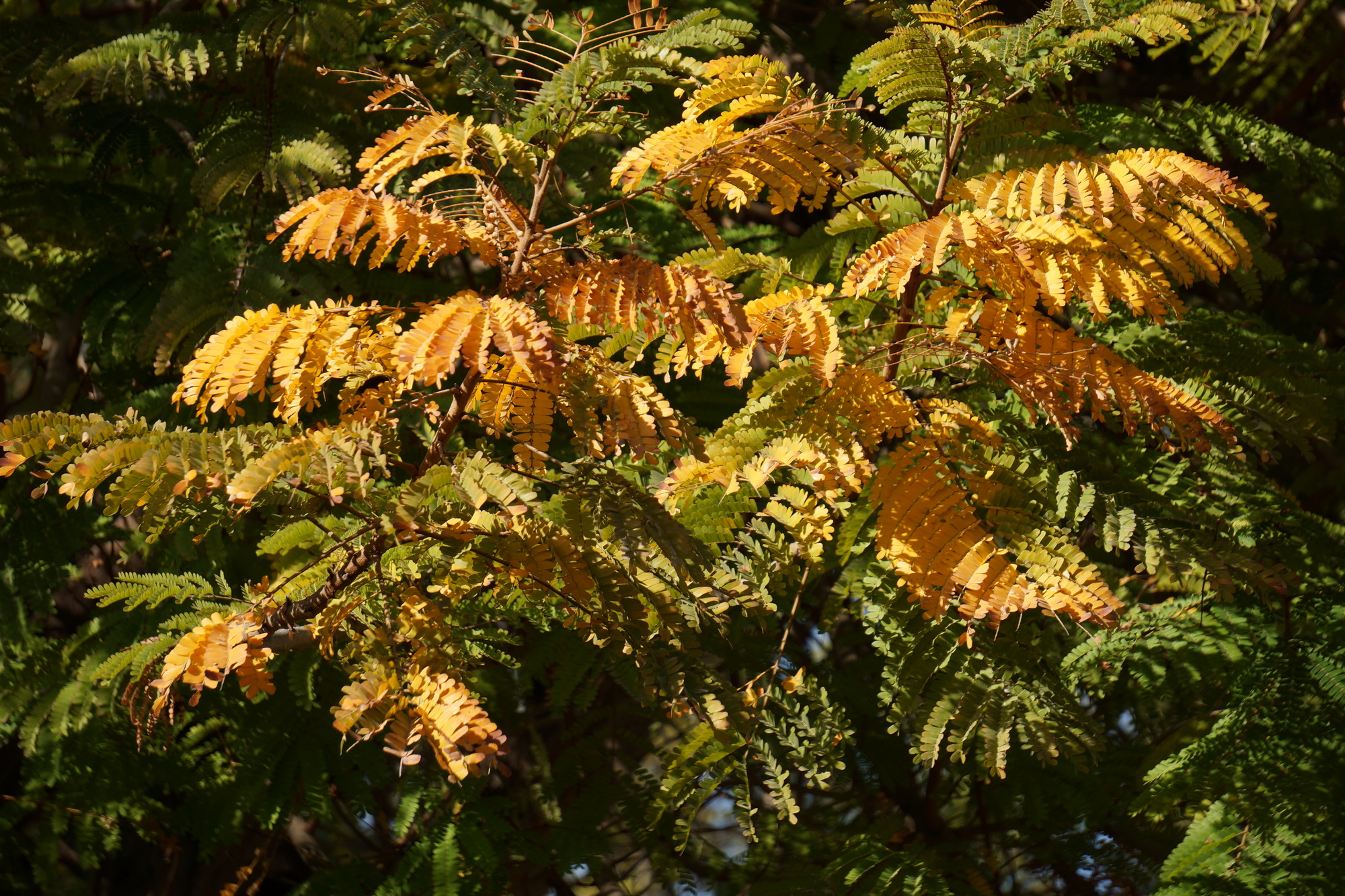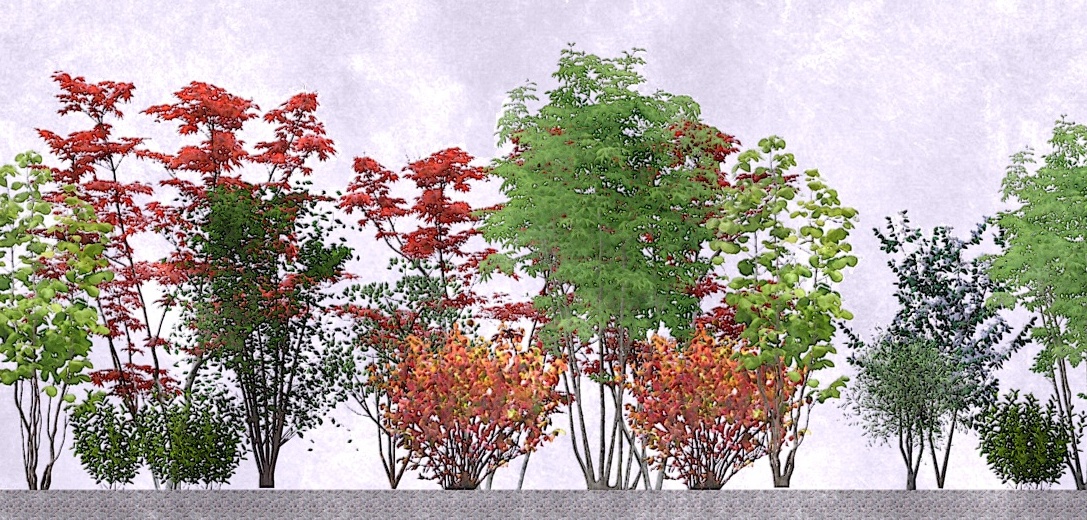To create more vibrant, ecologically oriented urban landscapes, we need to change our perception of what landscapes are and how we manage them. Usually, maintenance is seen as a burden, when it should be appreciated as an asset, providing social and environment health and ecosystem services. A landscape ecosystem should not be a static thing, for it is only as vibrant as the change it encompasses. We can take advantage of that by managing our plantings through the traditional art of coppicing, but done in a contemporary and urban context.
Why would we create a landscape system that on the face of it, needs more maintenance and so, costs more to maintain (maybe)? Firstly, we have to understand the benefits of approaching urban landscape as an ecosystem, rather than just a bunch of plants and trees. Our usual approach to maintaining a planted area is to keep it static, unchanging. Growth is an inconvenience, which costs money to remove. Plants are chosen for their amenity value but not necessarily for their compatibility with the location, nor to form a relationship with other plants, nor for a position in a wider layered arrangement, nor for soil enhancement. Plants may not be chosen for their adaptability to climate change, nor even for their value to wildlife.
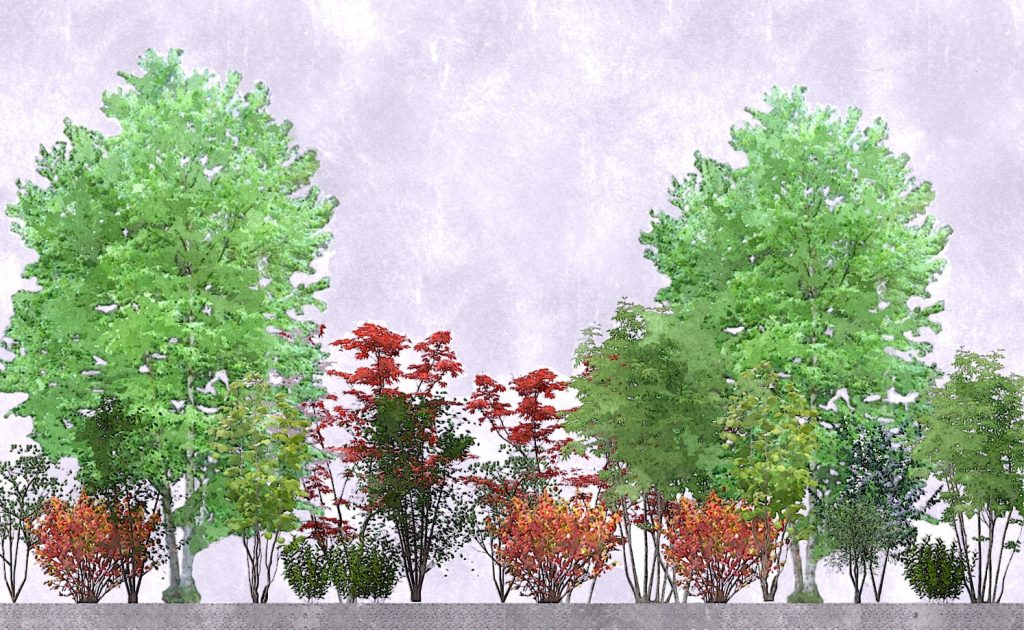
Coppiced landscapes would mean that maintenance operatives would have to be less machine operators and more horticulturalists or urban foresters, which would be no bad thing. If the landscape industry got behind this idea, maybe it would help reverse the horticultural sector decline – which is happening in most countries, not just the UK.
If we move from static to dynamic management, we see plants in a new light. We then realise the benefits of ecosystem generation, of (plant) community building, of urban biodiversity, of resource generation and of course, the beauty, health and biophilic benefits for people. An ecosystem has to have critical mass to be create a phytobiome and it has to have a certain percentage of disruption to bring in renewal and change to the system dynamics. We achieve that disruption through the phased coppicing of trees and shrubs within any given area; not blanket coppicing, as would happen in a traditional coppice wood, where a patchwork clearance rotation will be in operation, but the planned coppicing of individual trees and shrubs within a group. This opens up light and gives opportunity for new growth in other plants, a change of food sources for insects, different wind and air patterns, temperatures… the system is suddenly dynamic, alive. The aim is to generate a micro-phytobiome in every landscape cluster.
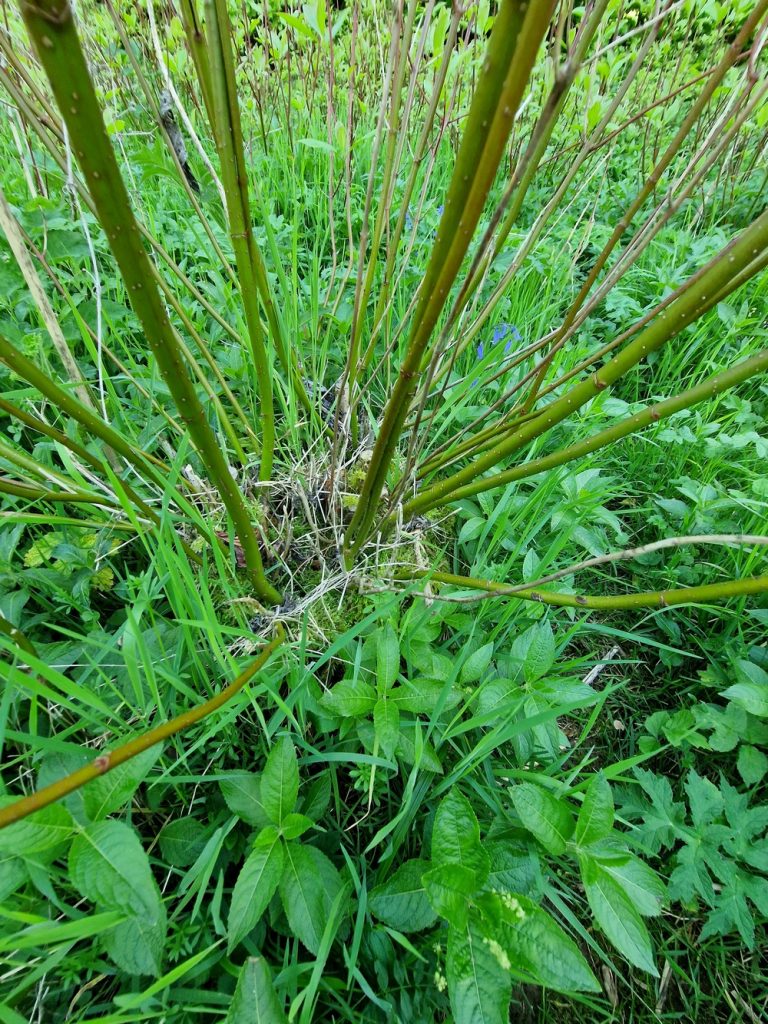
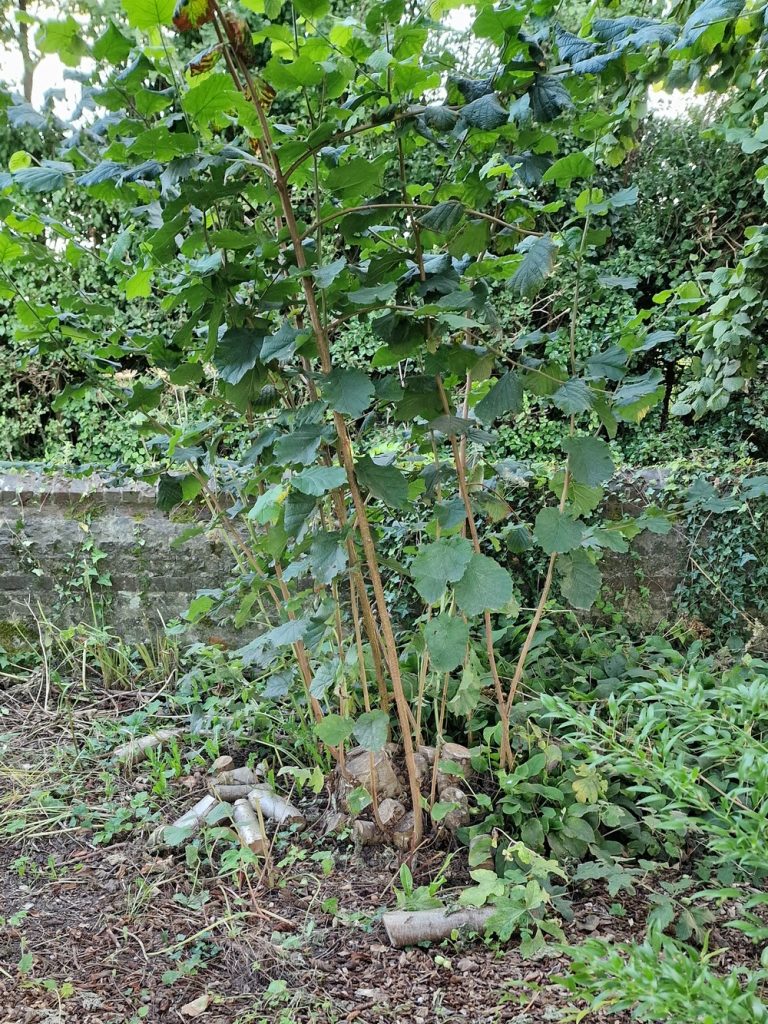
And the benefits? The arisings (cut material) from this work might be good for poles or wood, but mostly as ramial woodchip (finer, fresh shredded wood and leaves, made from branches of less than 7cm), layered back into the same plantings to feed the soil ecosystem. Biochar production is another beneficial product and can be utilised on the existing or new planting. Everything starts and ends with the soil, the life it contains, the water and air it holds, the carbon it stores, the mycelium it fosters and the microbes, upon which invertebrates feed and which in turn feed birds and mammals. Feeding the ecosystem becomes a benefit that far outweighs the cost and in all probability this work would take no longer than the conventional maintenance which might be applied. No hedge trimmers required thank you! Mulched soil with trees and shrubs are naturally fungal dominated (forbs and grass having bacterially dominated soil), so over time, with the shade and mulch, weed issues will diminish.
As to species we could use, it doesn’t have to be hazel, nor even native. Many ornamental shrubs and trees have the ability to resprout when cut, and in many cases, that is the only requirement. In reality, I would filter that through the lens of climate adaptability, choosing species that have an inbuilt resilience and come from hotter, dryer climes. Of course, we may also have to choose planting to deal with floods, or as part of SUDS schemes and it is right that this holistic layering of services and function take place. The more ‘ecosystem services’ that are designed into our landscape, the bigger the return.
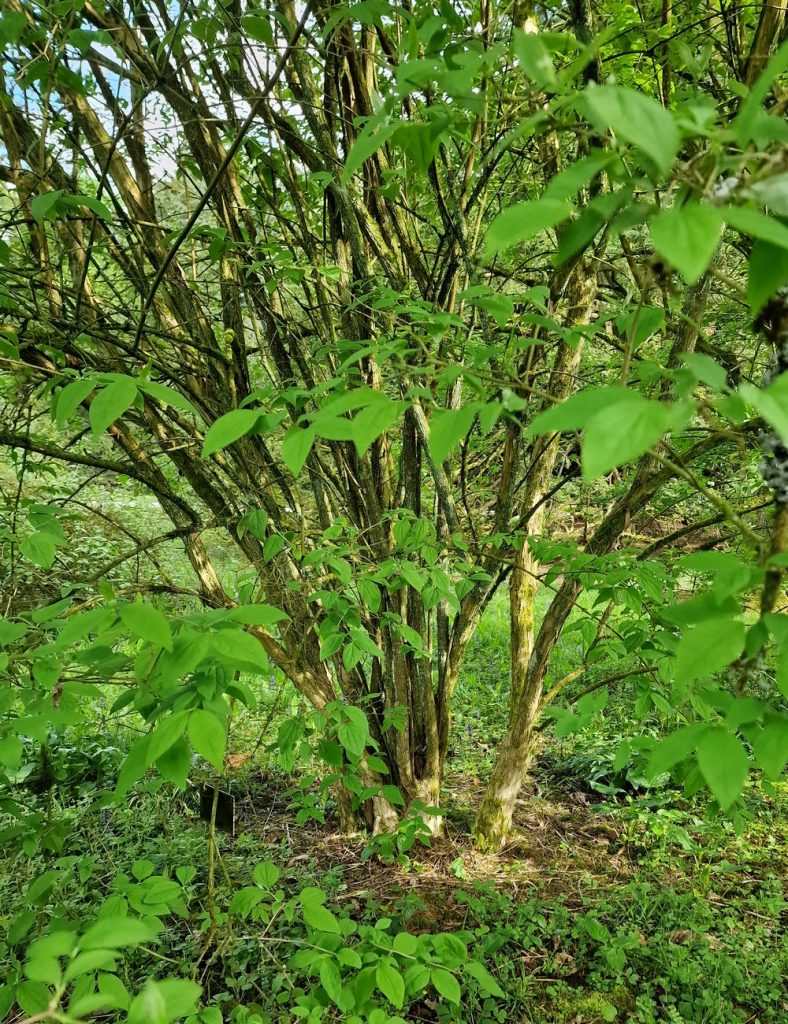
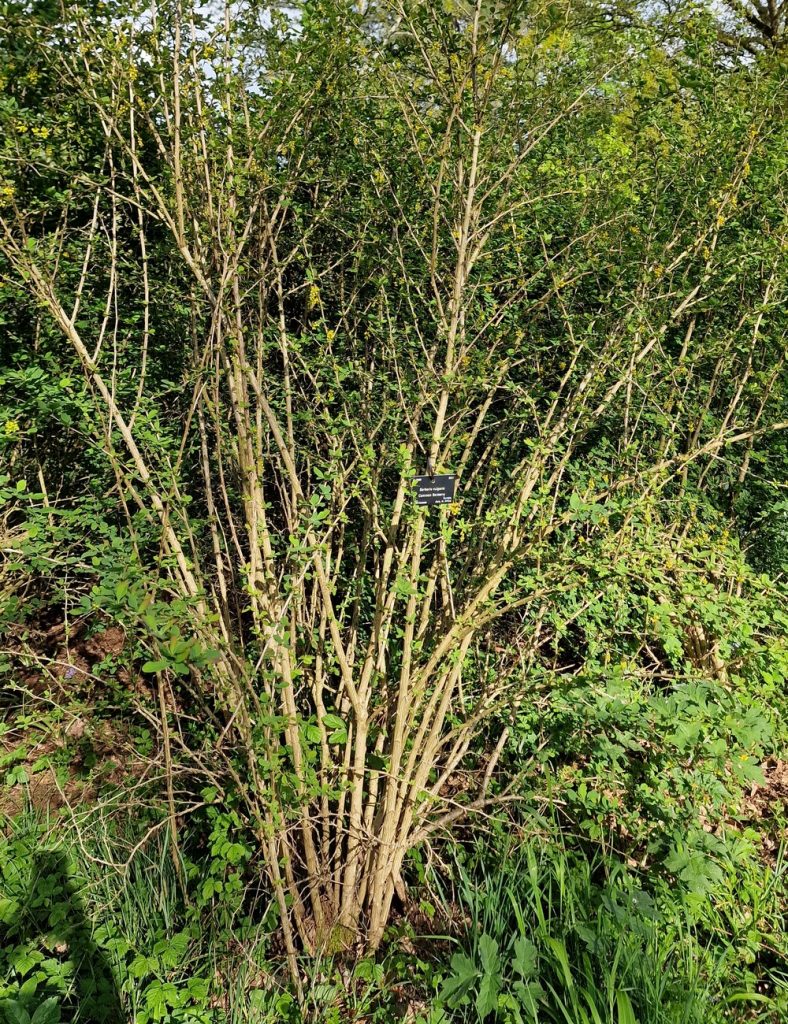
It doesn’t have to be a big or blocky area to do this, in fact, ribbon planting on streets might be achieved with as little as 2 or 3 metres of width. What’s important is that the trees and shrubs grow in the same substrate, to achieve good root run and mycorrhizal connection. Individual planting pits are the nemesis of rhizosphere enrichment. A six metre wide planting is enough to run a small footpath through, which can give an immersive experience of a woodland copse.
I think we could also transform a lot of bland and hot tarmac car parks with this method. One of the big advantages is that the ultimate tree size is not determined by species, but by the cutting cycle.
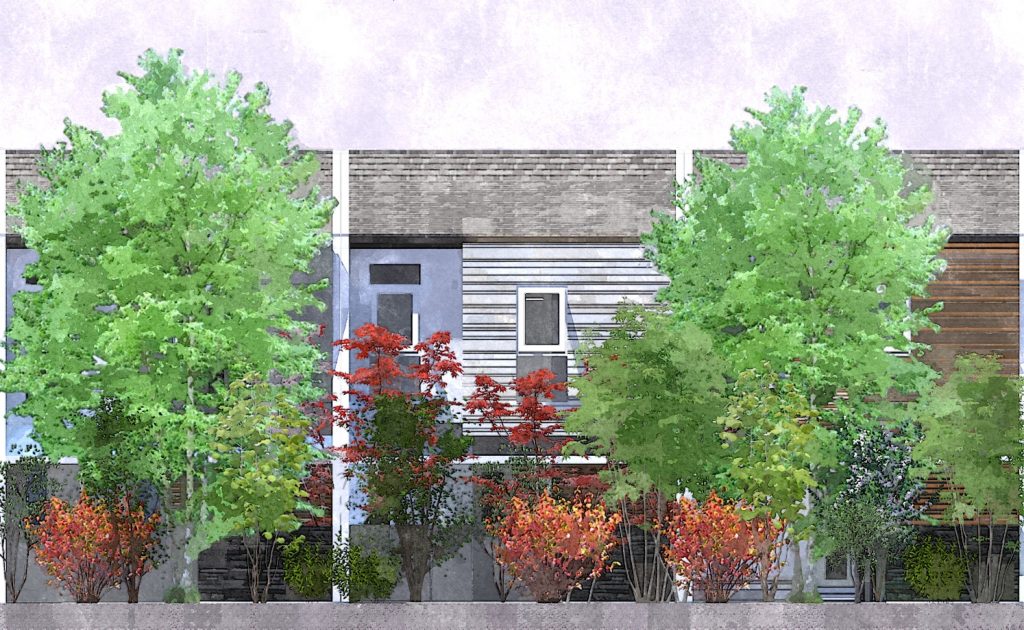
Ribbon planting techniques make this a practical urban streetscape design element, where there is just a little more than average area. Developers and planners just need to make space on the roadways and connecting tracks and paths within a new build development, to make a profound difference to the quality and volume of planting that we can do. Maybe it has to be mandated, but with the increasing heat from climate change, plus flooding and the need for permeable surfacing, the extra space pays off in liveable communities, if not in the developer’s bottom line. In fact, I think there will be increasing pressure and need to deliver built environment that takes climate into account; that requires so much more than just insulating walls and roofs.
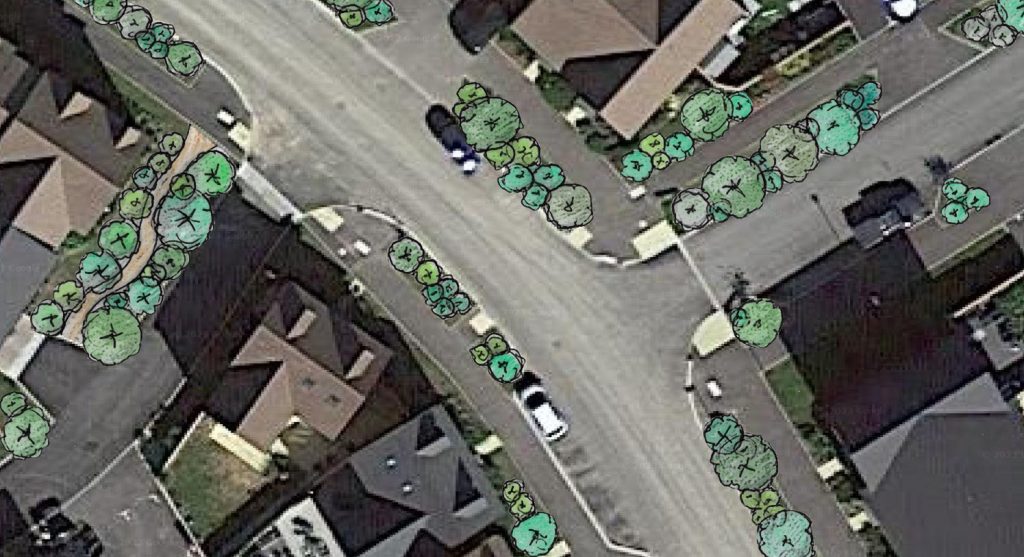
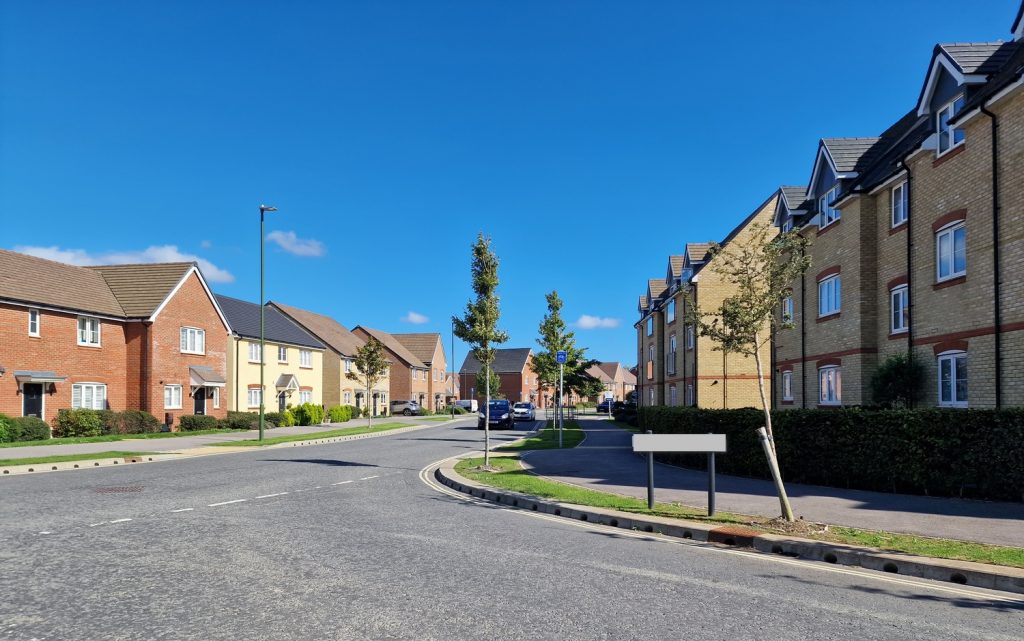
Whilst the design input and maintenance of a coppice landscape might be a bit different, visually, it might not appear unusual, as the species used would be similar to a conventional landscape. It is the design principles, maintenance methods, system health and micro-phytobiome creation would be different. Managers of conventionally maintained landscapes rarely think about the soil and see insects, fungi or decay as a problem. Mulch is seen as an unnecessary expense (past the initial planting specification) and compaction is never, ever mitigated. Weed control with hedge-trimmed plants is impossible, whilst coppicing gives periodic access to the roots for removal of brambles etc.
In some urban areas, personal safety might be considered as an issue and is sometimes used as an argument against dense planting. In such circumstance, it is easy to crown lift the larger trees and shrubs to give visual access through the planting. This is often done an any case, to open up light to lower planting levels. Trees can also be pollarded, rather than coppiced, so the branchwork begins above eye level. Groundcover can be kept to below 50cm, with correct selection. Any paths through such woodland should be illuminated, and/or just one possible route from A to B.
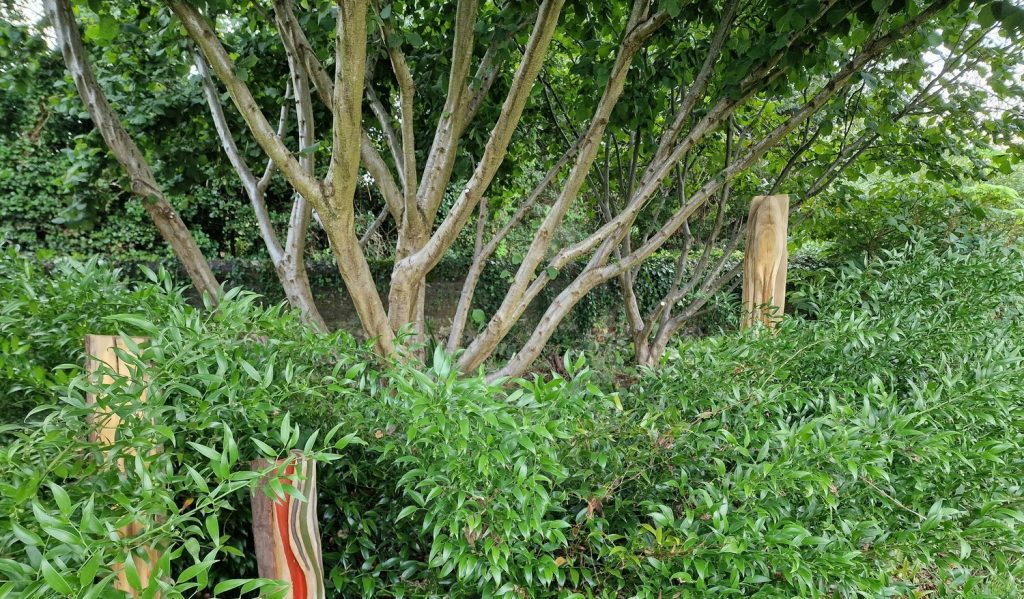
The installation costs might not actually be much more than conventional laying of turf with standard trees. Some soil decompaction would be beneficial, but pristine planting in replacement soils is not necessary, nor is all rubble removal, and soil contamination could be addressed with plants known for phytoremediation. the aim is to build local soil ecology and feed local microbes and this is best done on local soil; we grow the soil as much as the plants. Most of the trees would be planted small, even as bare-root whips, with a biodegradable mulch mat (cardboard is good) and a thick layer of woodchip over. Small trees establish faster and are less prone to vandalism, even that might be seen as a form of coppicing!
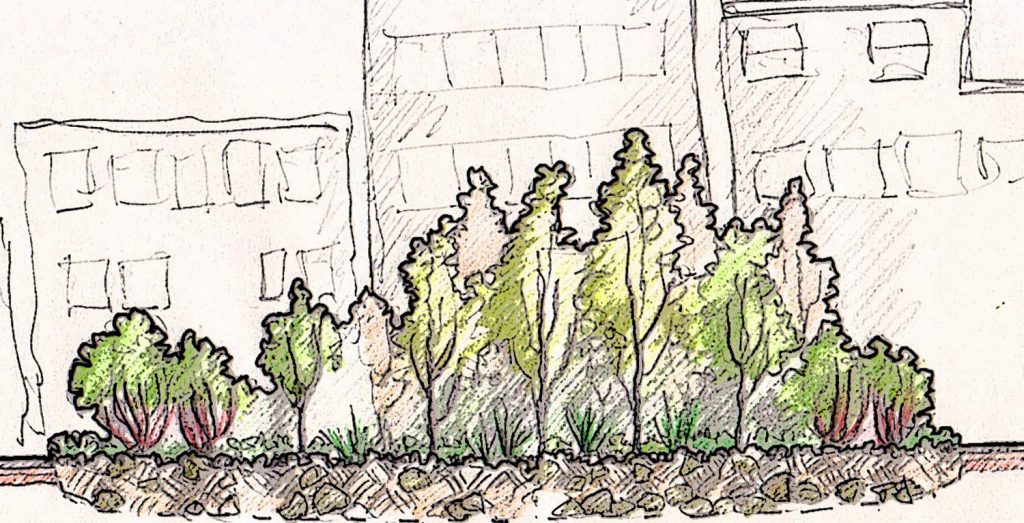
This type of landscape also lends itself to community gardening, especially as there is a product involved (mulch and poles) which could be used in gardens. Food could also be a product if designed as a food forest, although not all fruit/nut trees can be coppiced if you want produce. However, given that the vast majority of urban landscapes are managed on a commercial basis, this system would be largely designed for that, with maintenance regimes designed to support the desired effect.
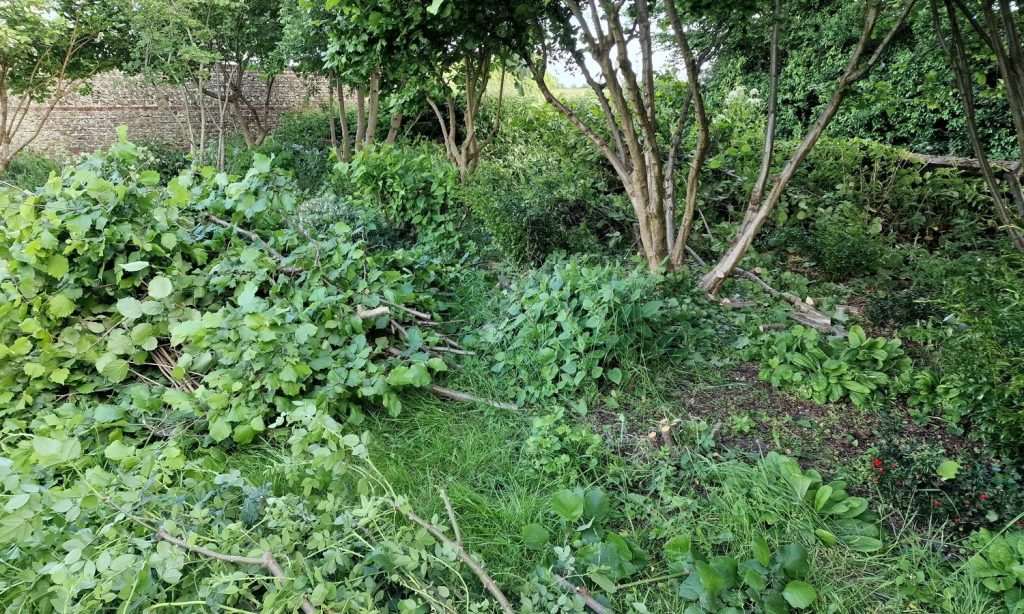
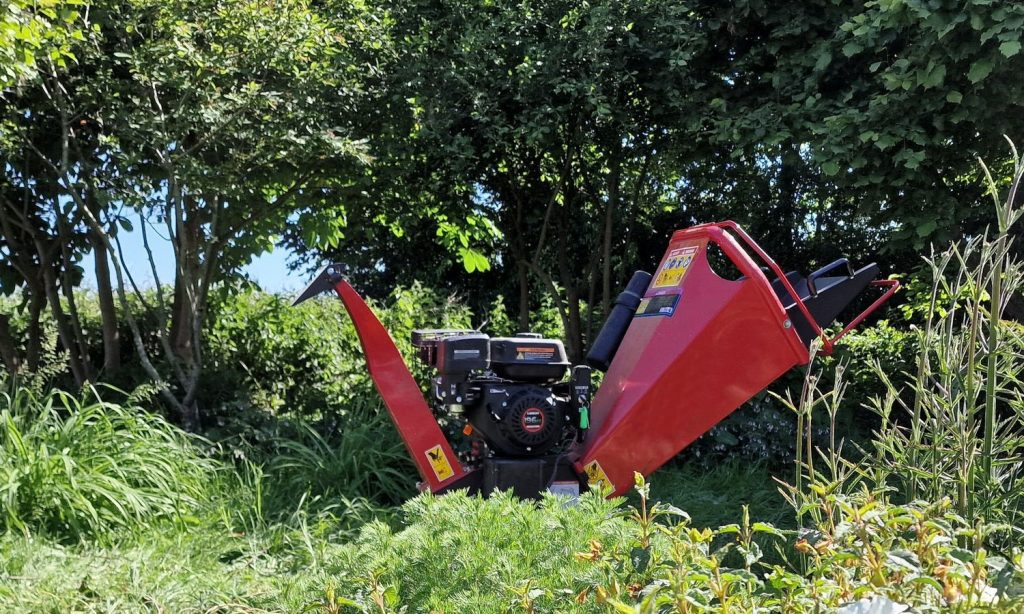
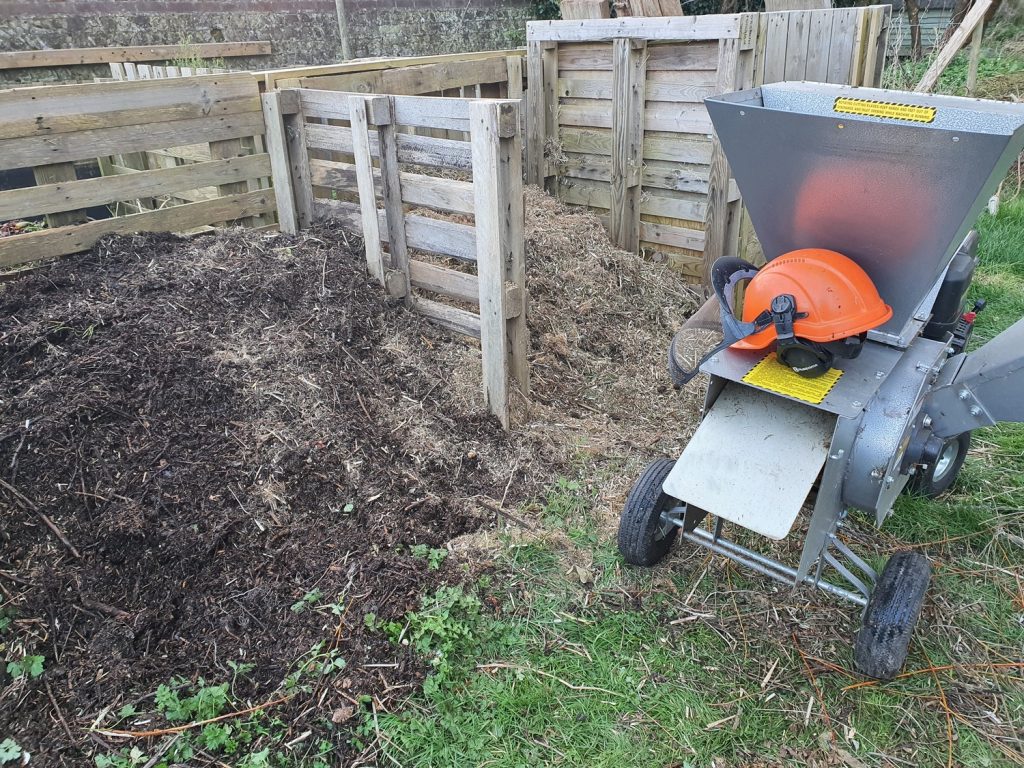
There are a few battery powered shredders coming on the market, of similar size and power to those shown in the pictures. Noise reduction in an urban environment, plus no fossil fuel use will be a winner if these perform well. I hope to investigate soon.
A few tree species which might be good to use as urban coppice include:
- Hazel
- Rowan
- Hornbeam
- Oak – various
- Prunus – various
- Eucalyptus
- Paulownia
- Sweet and Horse Chestnut
- Robina
Some shrubs (there are many more possibilities):
- Cornus (dogwoods) – give great winter stem colour
- Willow – also good stem colours
- Philadephus
- Weigela
- Holly
- Lilac
- Elaeagnus angustifolia
- Berberis – various (prickly though)
- Viburnum – various
- Tamarisk
There are lot’s of others, just think of the plant’s response to hard pruning. Trees need to be coppiced young, as not all can respond with adventitious regrowth if cut as older trees. We shouldn’t forget ground cover plants either. In fact, there are seven distinct layers in a woodland or forest; it might not be practical or necessary to replicate them all, but the more complexity, the more the phytobiome will thrive. A critical mass is always needed for ecosystems to be self-perpetuating.
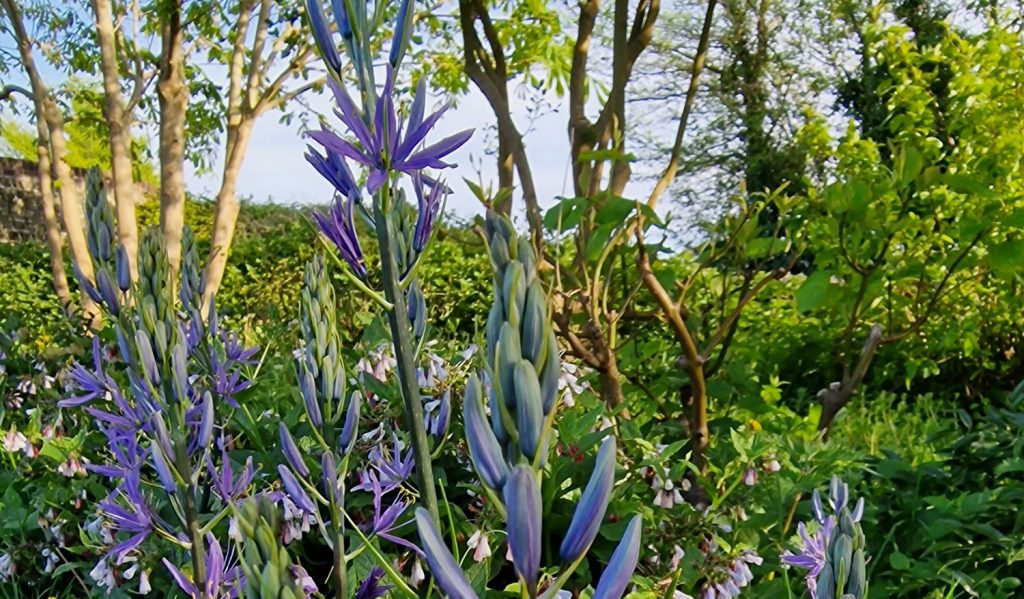
Finally, a coppice landscape can lack one essential ingredient for a full ecosystem – decaying wood, especially standing deadwood, which is host to many saproxylic insects, fungi and all who feed upon them. Whenever possible we should add this to a site, it can be carved as an art form, which I call Deadwood Art, where we replicate habitat left by snags with tearout and cavities etc. I’ve written about this elsewhere and will put links to several other posts below.
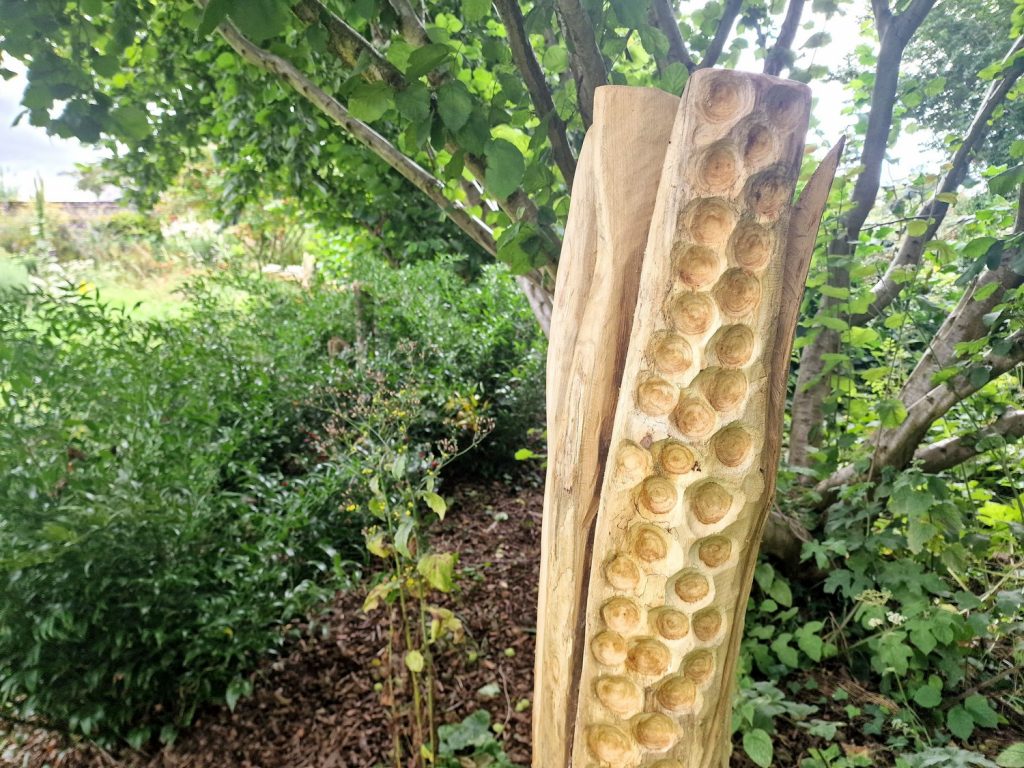
I’d be very happy to chat to anyone if they have a project or need some help.
Here are a few other posts that may be of interest:
I have also written about similar methodologies for use in the arid regions of the world, specifically the Middle-East ( consult in the UAE etc):
